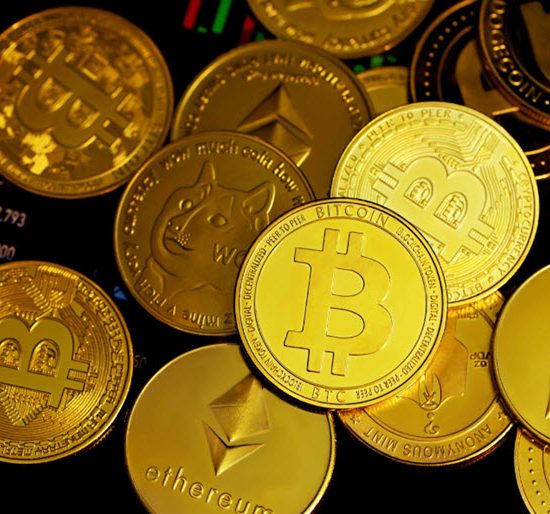 If the medicine tastes bad, it’s probably doing you good. Emerging economies might console themselves with that thought when they’re suffering market cramps and hemorrhaging capital as the U.S. ends its monetary stimulus.
If the medicine tastes bad, it’s probably doing you good. Emerging economies might console themselves with that thought when they’re suffering market cramps and hemorrhaging capital as the U.S. ends its monetary stimulus.
The Federal Reserve will begin winding down, or tapering, its $85 billion-a-month money-printing program this month, and emerging markets are seeing foreign investment pull back as a result. Last year, around $30 billion fled emerging equity and bond funds tracked by EPFR Global, provisional data shows.
That is a blow, particularly for so-called deficit countries such as India or Turkey, which rely on foreign inflows to plug balance-of-payment gaps. The hope is the volatility induced by tapering will prod governments into reforms that ultimately reduce their sensitivity to shifts in global capital.
“Policymakers are under pressure to implement reforms that were put on the back burner. Tapering is at least getting that narrative going,” said Manik Narain, a strategist at UBS. “It’s too early to position for it, but if we do get reform it could be the start of the rebirth of emerging markets.”
The Fed’s $3.7 trillion expansion of its balance sheet was a mixed blessing for developing countries. Economic growth was pumped up by record-low borrowing costs and hundreds of billions of dollars in stock and bond market investments.
But with so much easy money coming in, most governments got away with very little labor reform, privatization, productivity gains or improvements to power and transport infrastructure. Progress in those areas will be key to attracting longer-term investment in manufacturing or services.
Past emerging-market crises – India in 1991, Mexico in 1994, Russia in 1998 and Turkey in 2001 – led to reforms that transformed those economies.
Mexico and India are ahead of the game this time. Punished by investors for messy politics and current account deficits, India has begun to shrink budget deficits, cut some subsidies and raise energy tariffs. Expectations of reform after the Indian elections due in mid-2014 have helped the rupee rise 11 percent from record lows in mid-2013.
Energy-sector reform kept the Mexican peso’s 2013 loss versus the dollar to 1.6 percent, compared with 10 percent-plus falls elsewhere in Latin America.
But analysts say elections in a range of countries this year will discourage unpopular reforms for now. Any proposed changes in Russia or South Africa could be hampered by healthy prices for their oil and metals exports.
“(The volatility) has spurred reform in some countries, but it’s not EM-wide, that’s for sure,” said Christian Keller, head of EEMEA research at Barclays in London.
Capital Economics told clients that policymakers had an opportunity to undertake supply-side reform, but it feared that “incumbent governments may try to boost re-election prospects by pushing ahead with populist spending plans, causing current account deficits to widen further.”
Considering all that possibility and taking a longer-term view, a quick end to money printing is probably not a bad thing
Brazilian central bank governor Alexandre Tombini may have spoken for many emerging-market policymakers when he recently called U.S. policy “normalization” a “net positive”. The sooner the Fed withdrew its stimulus, the better, he said.
That is unsurprising. The Fed’s money printing gave central bankers headaches, by fuelling explosive spending and debt, property bubbles, price and currency inflation.
As domestic interest rates were cut to levels well below what was justified by fundamentals, current account gaps blew out. Brazil’s deficit, for instance, is running at 3.5 percent of annual economic output, up from 1 percent in September 2009.
“Policymakers are focusing on short-term volatility, which means they are too busy to focus on longer-term issues. The later the tapering the bigger the imbalances,” said David Hauner, head of EEMEA fixed income strategy and economics at Bank of America Merrill Lynch.
As tapering progresses, markets will be able to better reward reformers and punish the laggards, by focusing more on country-specific factors, Hauner said, adding:
“The best for emerging markets will be: ‘let’s get this done, have the U.S. Treasury yields repriced to 3.50 percent or so and let’s move on’.”-Reuters



![dubai flood is artificial rain behind uaes rare torrential weather[1]](https://thearabianpost.com/wp-content/uploads/2024/04/dubai-flood-is-artificial-rain-behind-uaes-rare-torrential-weather1-e1713378975696-550x550.jpg)


![2022 09 27T183330Z 84178340 RC2RJV9S1G6M RTRMADP 3 SAUDI POLITICS[1]](https://thearabianpost.com/wp-content/uploads/2024/04/2022-09-27T183330Z_84178340_RC2RJV9S1G6M_RTRMADP_3_SAUDI-POLITICS1-e1712223217759-550x550.jpg)

